
Savvy swaps and tips to make pet care more affordable

Allie Simpson
19 May 2022 | 6 minutes read
From energy bills to food, car fuel to national insurance, the cost of living increase has made us more cautious with our spending. But being careful with money doesn’t mean you have to compromise on the quality of your pet’s care.
So here’s some clever tips and swaps that may hopefully help make pet care more affordable.
- Create DIY enrichment toys
- Organise a toy swap with your pet owner friends
- Make homemade pet treats
- Sign up for email offers and discounts from pet shops
- Try grooming your pet at home
- Look for an adjustable pet harness
- Give your pet the right amount of food
- See if your vet has a monthly health plan
- Practice good pet dental hygiene
- Take advantage of free 24/7 online vet consultations
- Check if you’re eligible for low-cost or free vet care
- Invest in pet insurance
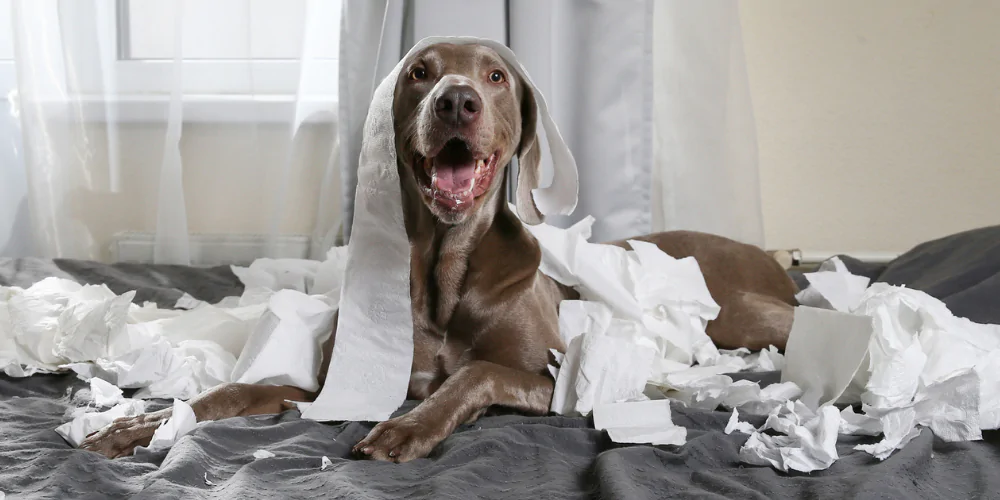
Create DIY enrichment toys
Cat enrichment and dog enrichment is super important as it boosts their mental and physical well-being. But you don’t need to run to the shops to find them stimulating toys.
Recycling items from around the house helps to save on costs and is also kinder to the planet. You could use:
- Cardboard boxes filled with toys or treats and covered with scrunched up newspaper as enrichment boxes
- Toilet rolls and plastic bottles filled with kibble as foraging puzzle toys
- Old fleece jumpers turned into snuffle mats or balls
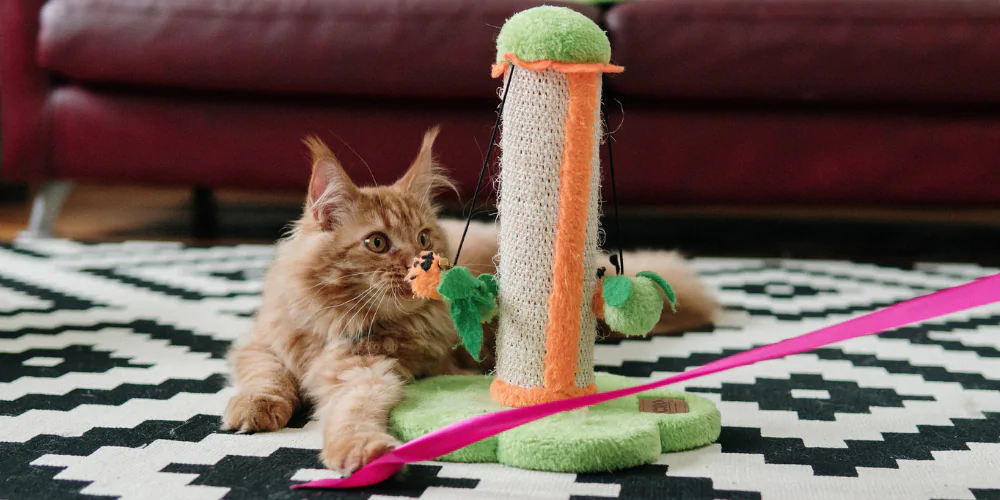
Organise a toy swap with your pet owner friends
Don’t worry, we’re all guilty of doing it. Buying what we think is a cool-looking toy for our pet, only for them to show zero interest when it gets home.
So instead of relegating it to the back of the toy box or a dusty cupboard corner, why not trade it?
Arrange to meet up with fellow pet owners and ask them to bring any unwanted toys in good condition. You can then swap.

Make homemade pet treats
Buying dog and cat treats from shops can start to get expensive over time – and they might not always be filled with the most nutritional ingredients.
Instead, whip up some yummy snacks from ingredients you’ve already got in your fridge and cupboards. You might be surprised at how many human foods dogs and cats can eat.
And making DIY pet treats doesn’t need to be complicated – check out these simple pet recipes. As always, keep in mind your pet’s dietary needs when giving them treats.
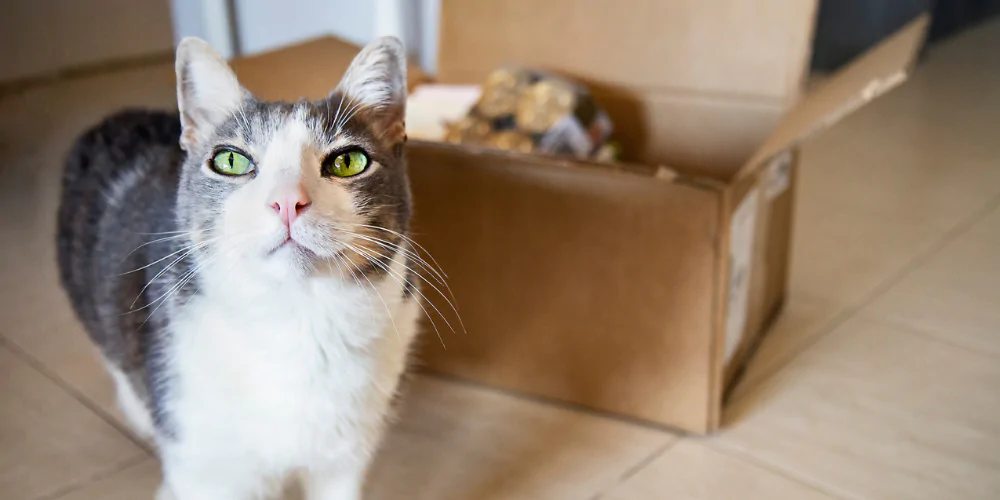
Sign up for email offers and discounts from pet shops
Some pet food suppliers offer exclusive discounts and offers to their email subscribers.
By signing up, you might be able to nab the occasional or even regular savings on your pet food order.
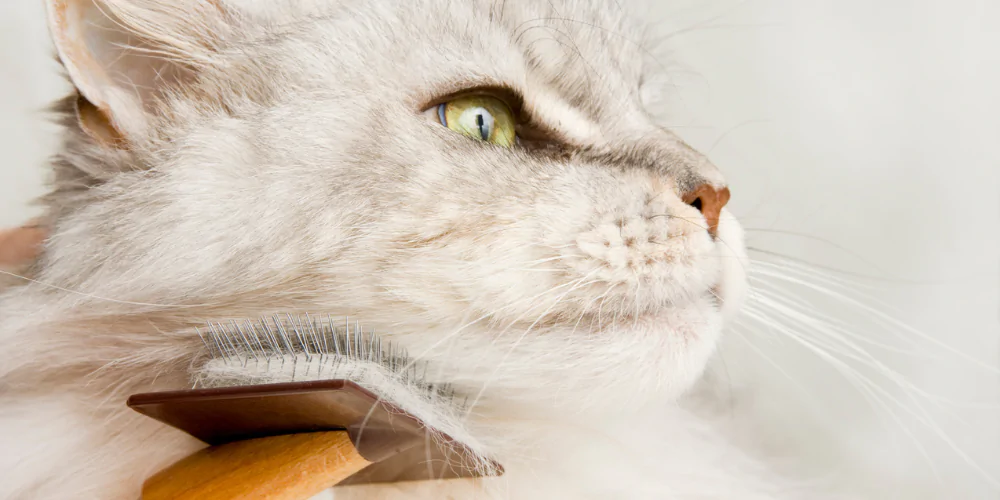
Try grooming your pet at home
A visit to the groomer might be a monthly expense if you have a hairy pet. Over time, these trips can really add up.
If you fancy saving a bit of money, why not try giving it a go yourself? This article on how to groom your dog gives you some top tips on how to get started.

Look for an adjustable pet harness
Like babies, puppies and kittens grow quickly. So that adorable harness you bought them when they first came home may no longer fit after a month or so.
The good news is you can find modular design harnesses that are resizable as your pet grows. Remember to check the fit every couple of weeks and adjust as needed. This helps make sure your puppy or kitten stays safe during sudden growth spurts.
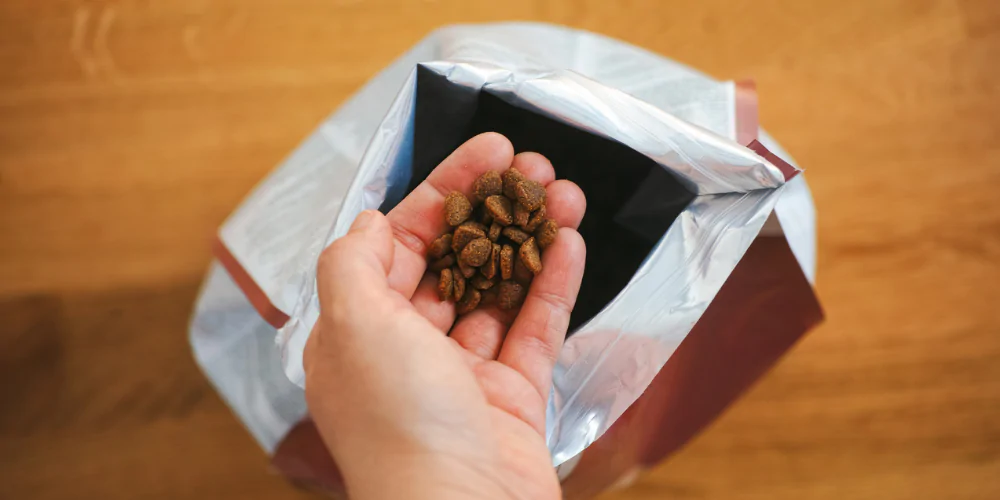
Give your pet the right amount of food
It’s surprising just how many owners tend to eyeball their pet’s food instead of measuring it out.
There’s two issues with overfeeding your pet:
- You’re adding unnecessary costs to your budget as you end up buying food more often than needed
- You’re increasing the risk of your pet getting overweight or obese which leads to further health problems
Instead of guessing or using the generic guide on the pet food packaging, speak to your vet. They’ll advise on the right amount of food based on your pet’s age, breed, gender, and activity levels.
Worried your pup is getting obese? Check out these handy tips on how to help your dog get fit and lose weight.
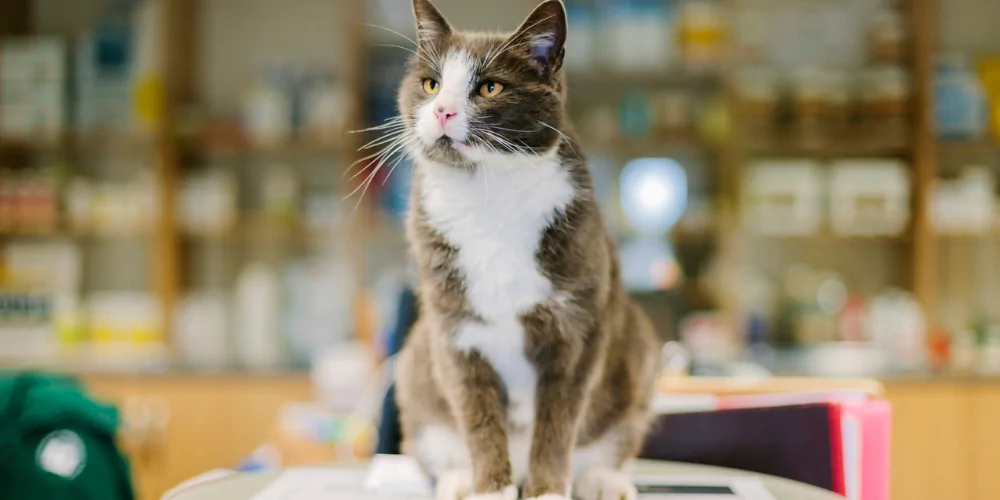
See if your vet has a monthly health plan
Both independent vet practices and bigger vet chains offer health plans.
You pay a monthly or annual membership cost and this covers things like:
- Routine health checkups
- Annual cat vaccinations and dog vaccinations
- Flea and worming treatments
Joining a health plan means you could save money on essential routine treatments versus paying for them all separately. But always do your research first to make sure it actually works out cheaper.
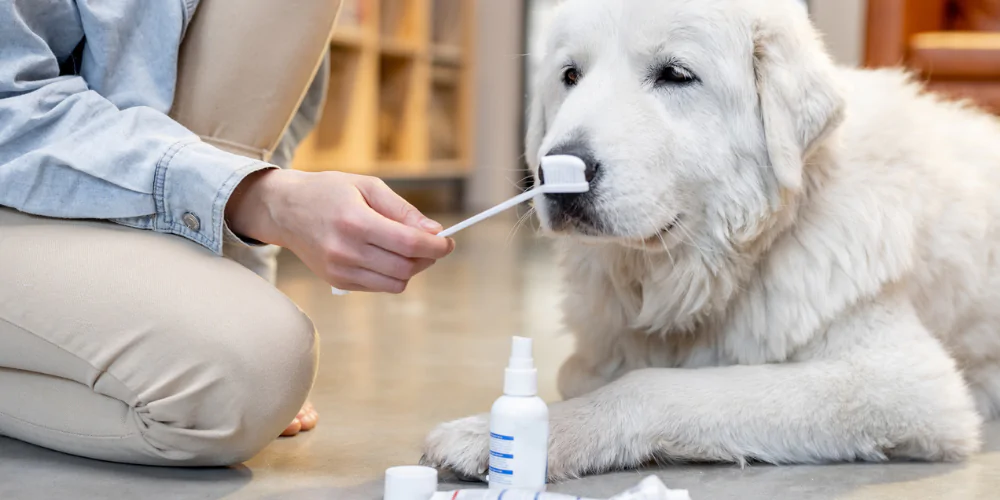
Practice good pet dental hygiene
The old saying ‘prevention is better than cure’ comes to mind when thinking about being mindful of money.
Not taking care of your pet’s teeth could lead to different dental problems in later life. This could lead to potentially costly treatment, especially if your pet insurance doesn’t include dental illness cover.
Properly brushing your pet’s teeth daily helps to keep them in good shape and lowers the risk of needing treatment in the future.

Take advantage of free 24/7 online vet consultations
Out of hours vet visits can be expensive and many of these appointments turn out not to be emergencies at all. But it’s understandable that you may not know when your pet needs emergency help.
So if you’re signed up for free online vet consultations, don’t forget to make the most of it. It could save you an unnecessary and costly in-person visit.
Petsure customers have free 24/7 access to video calls with a FirstVet vet.
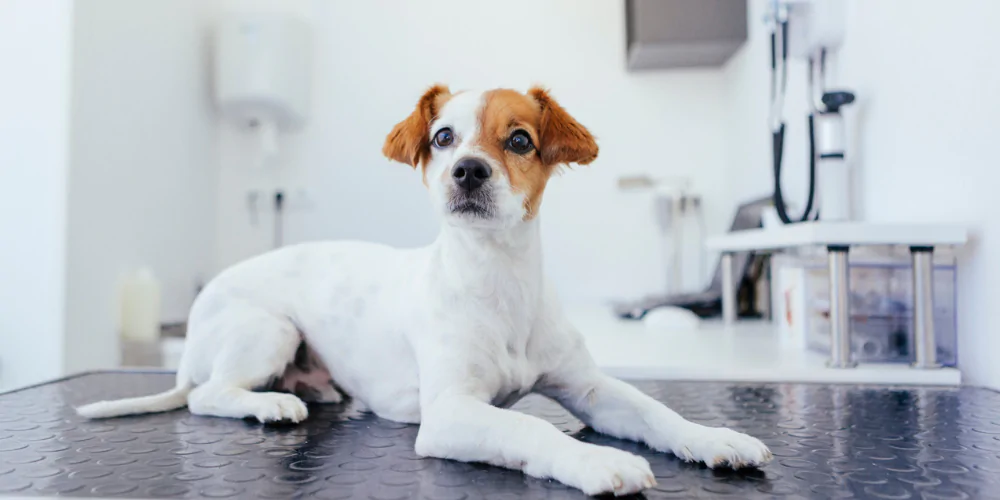
Check if you’re eligible for low-cost or free vet care
If you’re in a low-income household, you might be able to apply for low-cost vet care or financial support from the RSPCA.
Check if you’re eligible by contacting your local RSPCA branch.
PDSA can also offer free treatment and medications. To see if you can qualify, you need to be within the postcode catchment area of one of their Pet Hospitals.
You’ll also need to be receiving at least one of the below:
- Housing benefit (means-tested)
- Council tax support (means-tested)
- Universal credit with housing element
Visit PDSA to see their full eligibility needs.
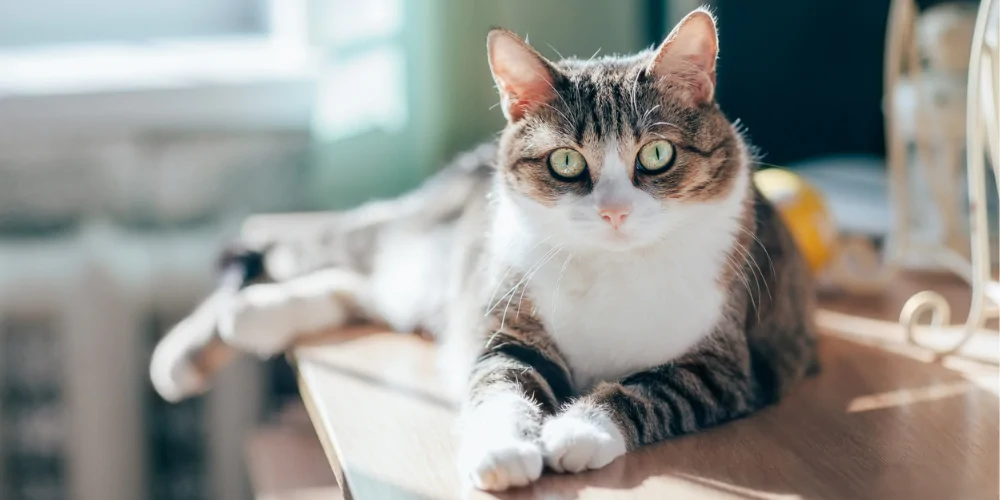
Invest in pet insurance
Having a pet insurance policy helps you to be prepared for unexpected vet bills. Treatment could end up costing thousands and many pet owners just aren’t able to pay that upfront.
Remember to read each provider’s policy wording carefully to see what’s included. This helps to make sure your pet is getting the right cover for their needs.


